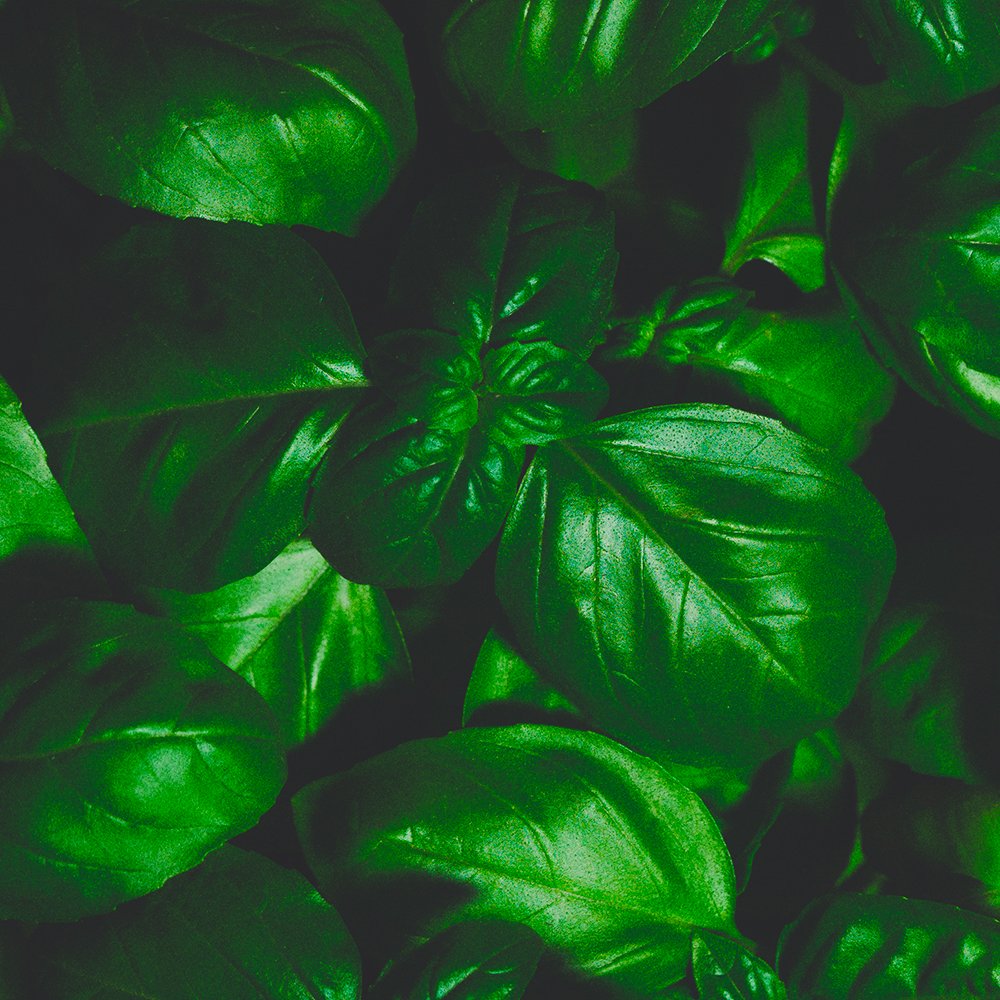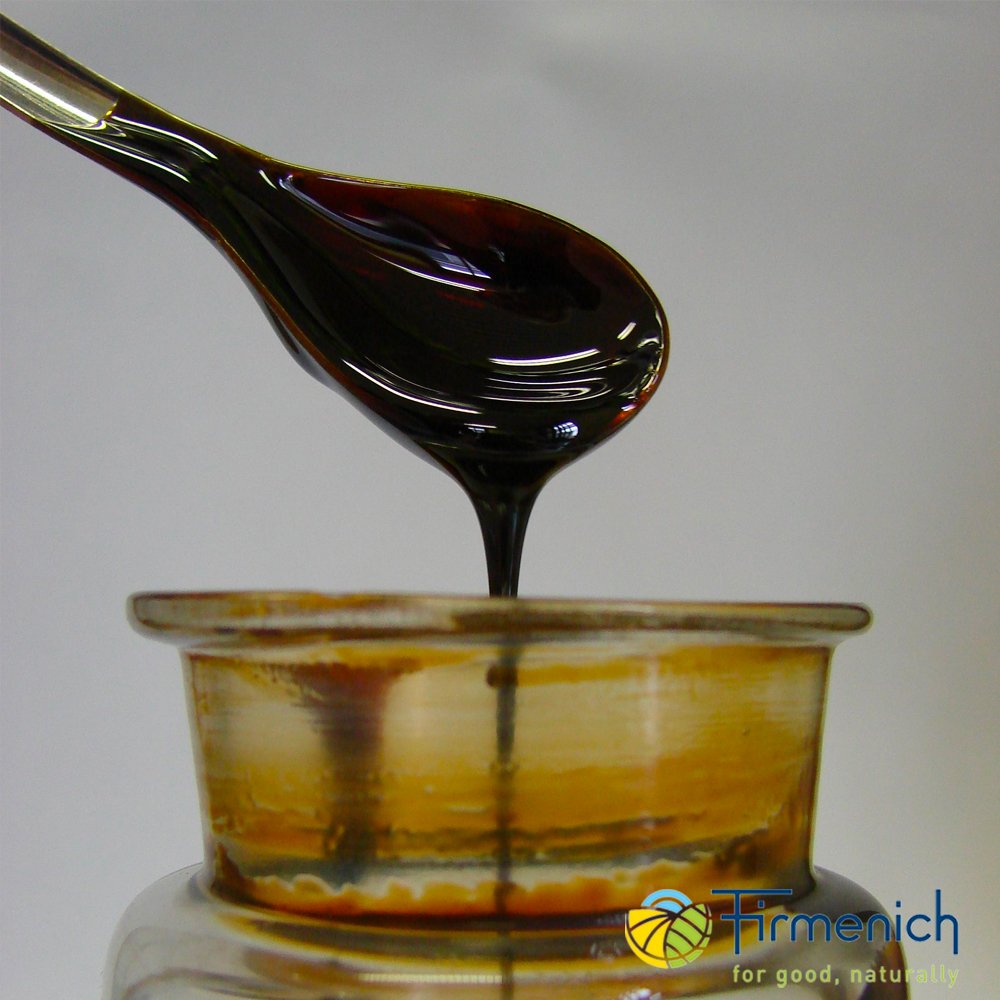 Image 1 of 2
Image 1 of 2

 Image 2 of 2
Image 2 of 2



Basil Methyl Chavicol Oil
Natural Ingredient for Perfumery
Basil Methyl Chavicol Oil is a natural essential oil extracted from Ocimum basilicum, specifically from chemotypes selected for high methyl chavicol (estragole) content. It exhibits a sweet, herbaceous, and anise-like aroma. Functionally, it serves as a top-to-mid note modifier with notable freshness and diffusion.
This oil is widely used in fine fragrance, flavoring, and aromatherapy applications.
Natural Ingredient for Perfumery
Basil Methyl Chavicol Oil is a natural essential oil extracted from Ocimum basilicum, specifically from chemotypes selected for high methyl chavicol (estragole) content. It exhibits a sweet, herbaceous, and anise-like aroma. Functionally, it serves as a top-to-mid note modifier with notable freshness and diffusion.
This oil is widely used in fine fragrance, flavoring, and aromatherapy applications.
Natural Ingredient for Perfumery
Basil Methyl Chavicol Oil is a natural essential oil extracted from Ocimum basilicum, specifically from chemotypes selected for high methyl chavicol (estragole) content. It exhibits a sweet, herbaceous, and anise-like aroma. Functionally, it serves as a top-to-mid note modifier with notable freshness and diffusion.
This oil is widely used in fine fragrance, flavoring, and aromatherapy applications.
Technical Ingredient Overview
🔎 Chemical Name — Ocimum Basilicum Oil
🧪 Synonyms — Basil Oil (Methyl Chavicol Type), Sweet Basil Oil
🧬 Chemical Formula — Not applicable (complex mixture)
📂 CAS — 84775-71-3; 8015-73-4
📘 FEMA — 2119
⚖️ MW — Not applicable (complex mixture)
📝 Odor Type — Herbaceous, Sweet, Spicy
📈 Odor Strength — Medium to Strong
👃🏼 Odor Profile — Earthy, herbaceous, sweet with a characteristic anise-like nuance from methyl chavicol
⚗️ Uses — Perfumery, Aromatherapy, Flavoring.
🧴 Appearance — Colorless to pale yellow liquid
What is Basil Oil (Methyl Chavicol Type)?
Basil Oil (Methyl Chavicol Type) is an essential oil distilled from Ocimum basilicum, specifically cultivated or selected for high methyl chavicol (estragole) content. This chemotype is especially valued for its vivid, sweet-spicy aroma with characteristic anisic brightness (Sell, 2014). Unlike linalool-rich varieties, this type offers a more pungent and penetrating scent profile, widely appreciated in perfumery and flavoring.
Historical Background
The basil plant (Ocimum basilicum) has ancient roots in Ayurvedic medicine and Mediterranean cuisine. The essential oil was introduced into European perfumery in the 16th century, but the methyl chavicol chemotype became commercially significant only in the 20th century, as gas chromatography allowed for precise characterization of essential oil profiles (Arctander, 1960). The isolation and identification of estragole date back to the late 19th century, though its large-scale enrichment in essential oils is a product of modern chemotype selection.
Olfactory Profile
Scent Family: Herbaceous-Green with Anisic nuances
Main Descriptors: Fresh, green, sweet-spicy, with a radiant anise-like edge
Intensity: Medium to strong
Tenacity: Moderate
Volatility: Top to mid note
Applications in Fine Fragrance
In perfumery, this basil oil serves as a fresh and spicy top note in fougère, green, and aromatic compositions. It is a key player in masculine colognes and Mediterranean-inspired creations. Its synergy with citrus oils, anise aldehydes, lavender, and spice oils gives it remarkable versatility (Kraft, 2008).
Performance in Formula
With moderate fixative capacity and strong diffusion, this oil imparts initial impact and olfactory lift. It integrates seamlessly with green and citrus notes, enhancing both freshness and depth. Its polarity and volatility allow for effective modulation of sharp edges in other anise derivatives like anethole (Sell, 2014).
Industrial & Technical Uses
Besides perfumery, Basil Oil (Methyl Chavicol Type) is used in:
Flavoring: Adds sweetness and spice to sauces, herbal blends, and liqueurs (FEMA, 2023).
Aromatherapy: Promoted for mental clarity and fatigue reduction, though clinical evidence is limited.
Antimicrobial: Some studies suggest mild antimicrobial activity, making it of interest for natural preservation systems (ECHA, 2024).
Regulatory & Safety Overview
The high concentration of estragole (methyl chavicol) raises toxicological concerns due to genotoxicity in rodent models:
IFRA: Concentration limits are in place under IFRA Standard (51st Amendment) to reduce risk in perfumery applications (IFRA, 2023).
EU Cosmetics Regulation: Requires labeling above 0.01% in rinse-off and 0.001% in leave-on products (European Commission, 2024).
REACH Classification: Category 2 carcinogen; use subject to risk assessment and exposure control (ECHA, 2024).
FEMA GRAS: Approved for food use under strict concentration thresholds (FEMA, 2023).
Australia (AICIS): Preparations >5% methyl chavicol are discouraged in domestic and personal care applications (AICIS, 2022).
References
AICIS. (2022). Evaluation Statement on Estragole. Australian Industrial Chemicals Introduction Scheme.
Arctander, S. (1960). Perfume and Flavor Materials of Natural Origin. Allured Publishing.
ECHA. (2024). Methyl chavicol - Substance Information. European Chemicals Agency.
European Commission. (2024). CosIng – EU Cosmetic Ingredients Database.
FEMA. (2023). FEMA GRAS Database – Substance No. 2119. Flavor and Extract Manufacturers Association.
IFRA. (2023). IFRA Standards – 51st Amendment. International Fragrance Association.
Kraft, P. (2008). Aroma chemicals: Recent developments and trends. Chimia, 62(5), 287–293.
Sell, C. S. (2014). The Chemistry of Fragrances (2nd ed.). Royal Society of Chemistry.





